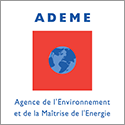#8 The use of typha in Senegal, interview with Ernest Dione
Ernest DIONE
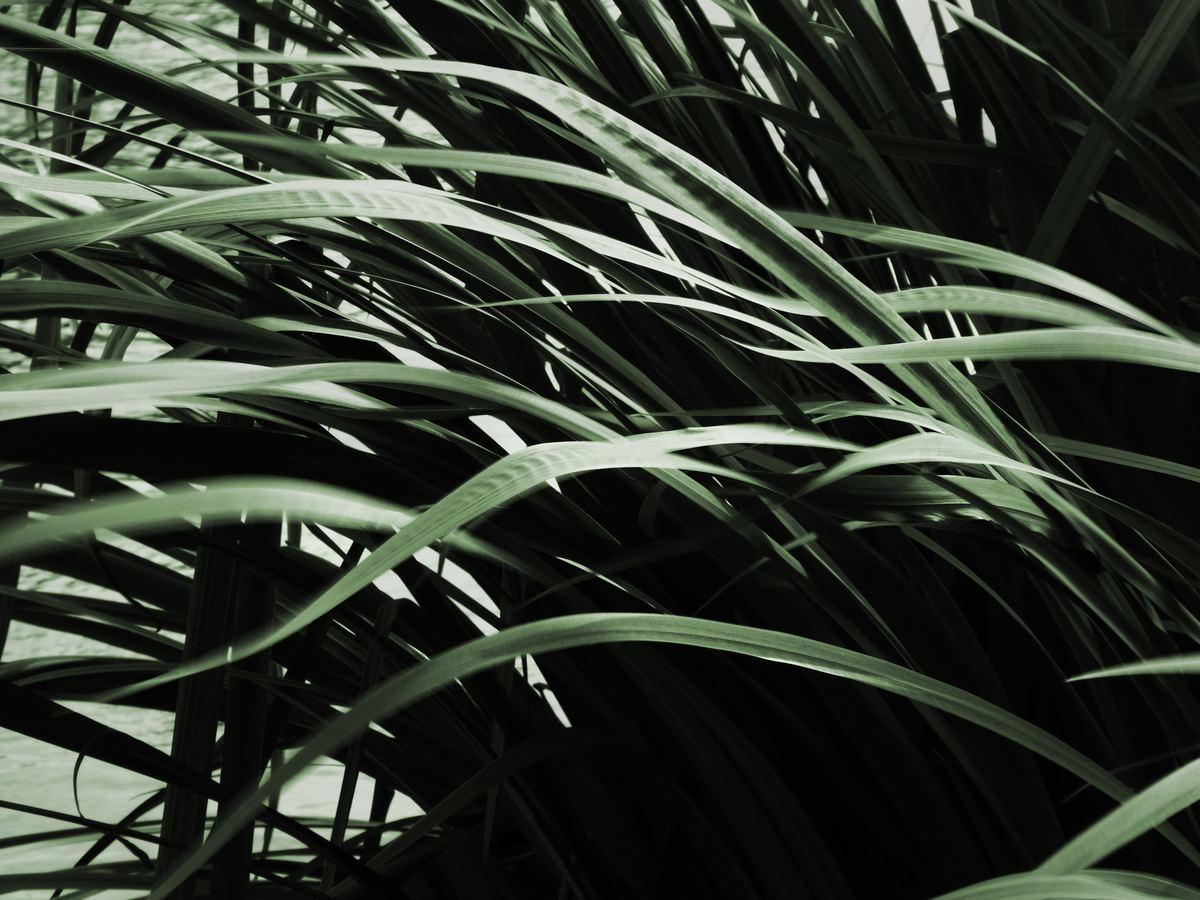
In Senegal, 75% of energy consumption and greenhouse gas emissions are generated by building activities. With strong urban growth, construction is particularly dynamic in West Africa. However, construction techniques, often modelled after Western countries, appear to be poorly adapted to tropical and Sahelian climates: a transformation of architectural design and material choices is therefore necessary, in order to enhance both the comfort and energy efficiency of the building. Typha, a wild plant, is interesting from an energy point of view and could contribute to meeting the challenge of sustainable construction. Interview with Ernest Dione, project TyCCAO coordinator .
Why the choice of Typha?
Typha is the plague of rivers in West Africa. This harmful and invasive reed is multiplying at an incredible rate in Senegal and Mauritania (especially after the construction of mass dams in the late 1980s). It is considered a real burden by the locals. Indeed, the latter deplore problems of water supplies, the proliferation of diseases and the maintenance of biodiversity in the Senegal River delta. Farmers - furious to see their fields covered by typha - cut it down, burned it, even built walls, but their attempts never stopped its growth.
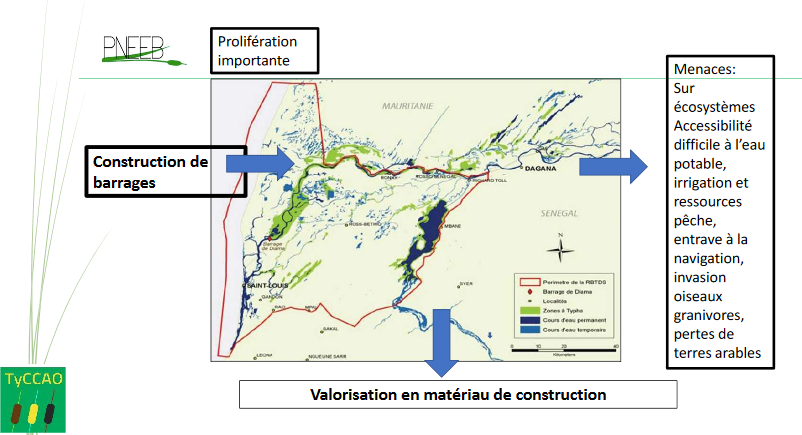
Since it has proved almost impossible to stop this plant, ADEME has engaged in intensive research into strategies for the sustainable use of typha. Two areas of transformation have been identified:
- on one hand, the use as a building material with insulating properties,
- on the other hand as a fuel raw material for energy production.
The Typha Fuel Construction West Africa (TyCCAO) programme therefore aims to "contribute to the energy transition and the fight against climate change by developing the use of renewable fuels and energy efficiency in buildings through the massification and dissemination of products made from typha."
What needs does typha meet in the construction sector?
Today, on the African continent, buildings are often poorly adapted to the hot climate, thermally uncomfortable and energy consuming. But the good news is that there is still time to do better: according to UN-Habitat, 80% of the buildings that will be inhabited in 2050 are not yet built. One of the "ingredients" of the sector, which will absolutely have to be reviewed, is the construction material of the building.
It is now known that concrete (present in the vast majority of urban buildings), glass and sheet metal - widely used in Africa for the envelope and roof of buildings - are heat accumulators. This last characteristic is at the origin of the thermal discomfort that can be felt in majestic glass towers as well as in modest houses. And it is understandable why air conditioning is so much used in a country like Senegal (annual temperature of 27°C), with severe consequences on the environment.
Initially, the TyCCAO project will contribute to the development of buildings with a low environmental impact through their energy efficiency and the use of local and biosourced building materials. Typha is an excellent material for thermal insulation: its honeycomb structure provides excellent insulation and air permeability properties.
In addition to the insulation and air permeability properties, the good acoustic performance, hygrothermal regulation and fireresistance properties of this bio-based material can be mentioned.
How is it or could it be used there?
Today it is used as an insulator and as a cement and earth additive for the construction of building envelopes. Typha is most often used in combination with soil to make lightweight blocks of soil. It's the association CRAterre which is responsible for developing building materials using soil and plant fibre from the Typha Australis plant.
For the roofs, it would be Typha panels only inspired by traditional mats or Terre-Typha panels. Several options are then possible: either an underside treatment (such as corrugated sheet metal panels; hourdis under flat roofs), or a direct roof treatment (roof tiles and/or typha panels alone, or typha stubble). Roofs built in Senegal are generally made of sheet metal covered with braided grass. The sheet metal, bought at low prices from China, is often of poor quality and should be changed every 5 years or so. Thus equipped, the houses have a thatched roof made of typha, 35 cm thick, with a lifespan of at least 40 years, which provides exceptional thermal insulation!
This dried reed can also be used in blocks, or as panels for partitions or wall lining. There are two provisions for typha blocks: in the inner and outer envelopes. The first is more advantageous to obtain a maximum of thermal phase shift; this is useful in offices, which are only occupied during the day. The second provision concerns housing in particular. However, it is necessary to take care and protect this outer shell from rain since these vegetable fibers are not compatible with humidity. In this case, it is the roof overhangs that protect the insulating typha blocks.
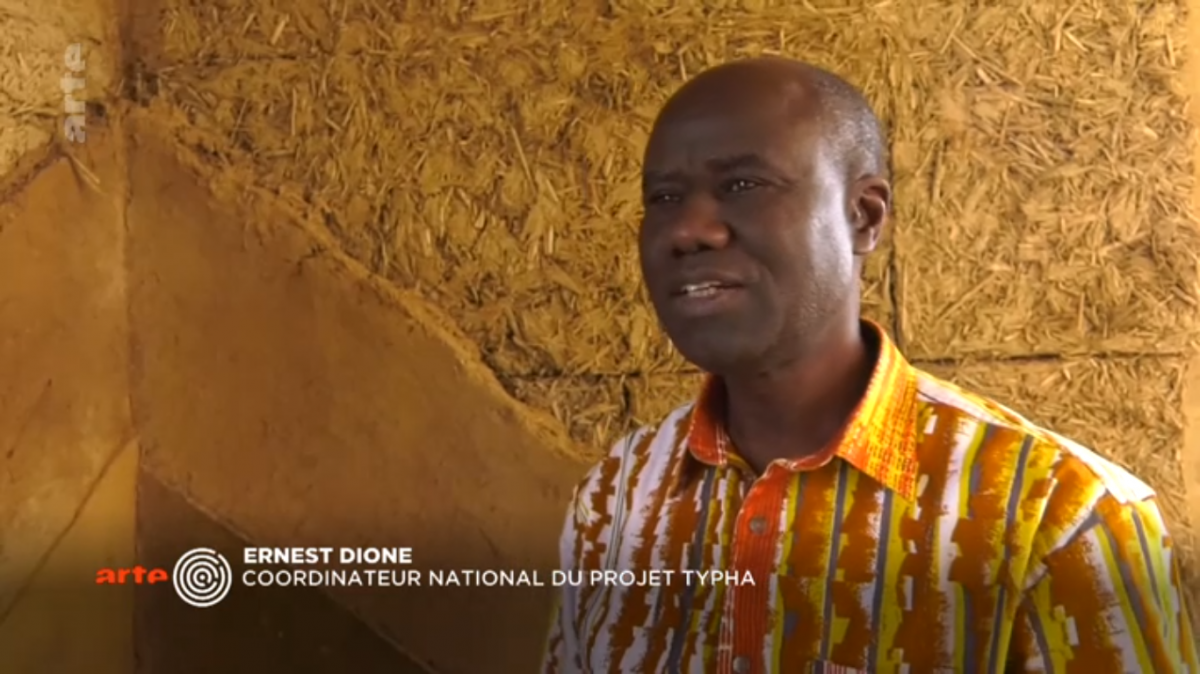
What is the use of typha in terms of energy?
In addition to construction problems, the majority of sub-Saharan African countries face two crucial challenges: the need of energy for development and climate change, to which these countries are particularly vulnerable.
In this region, the lack of access to energy directly affects 70% of the population (85% in rural areas). In addition, about 730 million people use solid fuels for cooking (firewood and charcoal), harmful fumes and the exploitation of those fuels puts great pressure on the forest resource. The use of charcoal as the main source of energy is one of the major causes of deforestation in Africa.
The production and consumption of typha coal has a much better balance than that of charcoal. TyCCAO also aims to set up a local supply chain for this "clean" and renewable green coal.
Is the creation of a branch on the right path in Senegal?
This project has highlighted the inestimable potential of this plant. Harvested by thousands of tons annually, typha represents an environmental conquest and support for public policies. Nevertheless, there is a lot of effort to be made to contribute to the development of this sector. Harvesting techniques, coal combustion efficiency, protection against termites when used as insulation, etc. must be improved.
This requires a government effort with appropriate funding for research programs. It is at this price that typha may one day become Senegal's green gold.
Biographical Note: National coordinator of the TyCCAO project, Mr. Dione is a pioneer in sustainable development in Senegal. He is also working under the direction of the Ministry of the Environment on the National Program to Reduce Greenhouse Gas Emissions through Energy Efficiency in the Building Sector in Senegal (PNEEB).
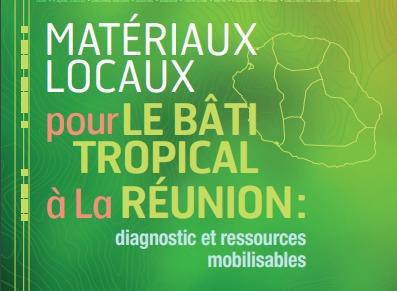
Consult the previous article:: #7 Development strategy for the "tropical built" sector




